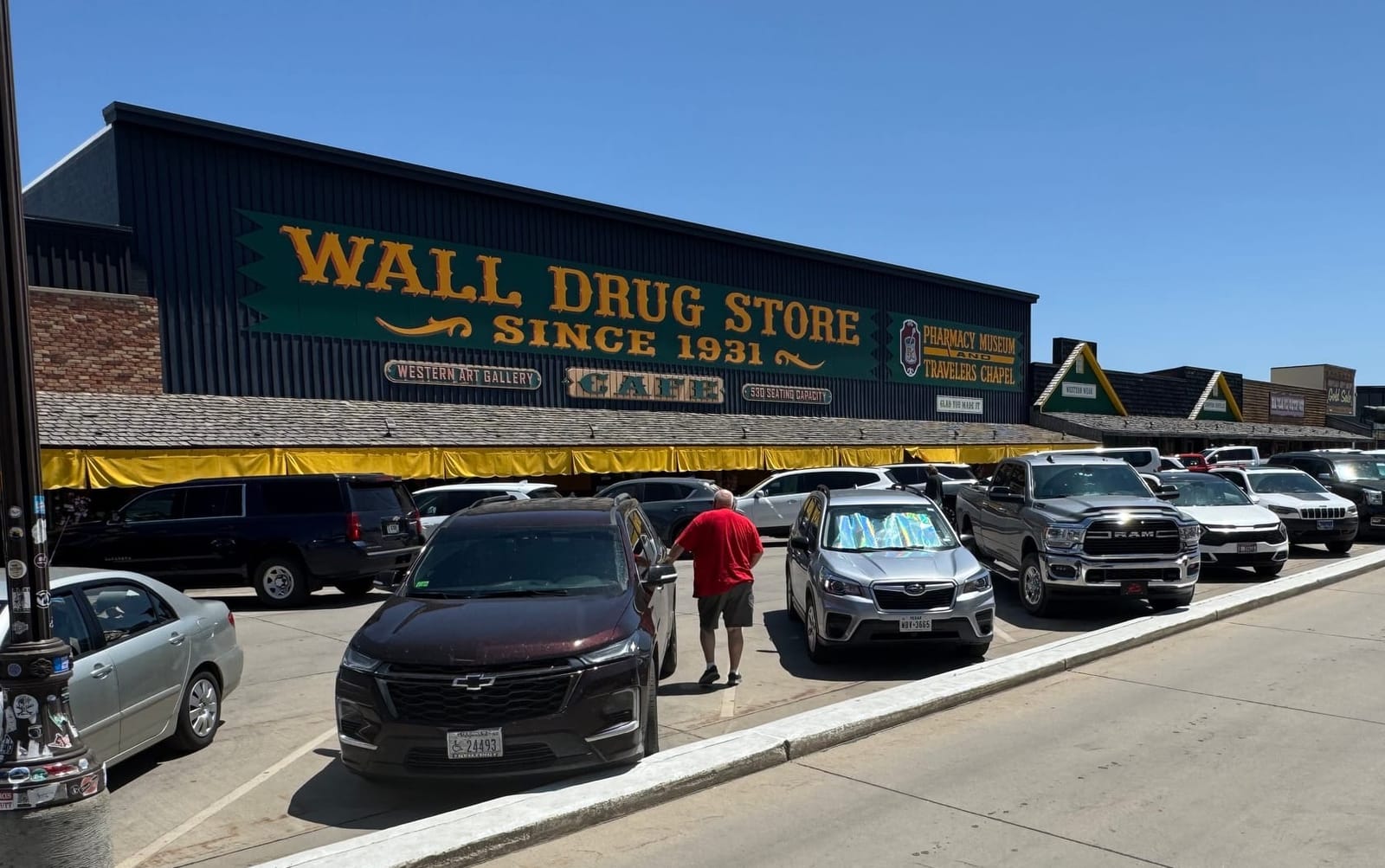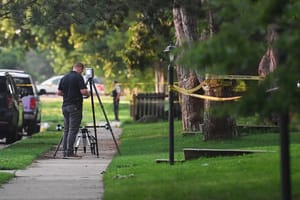WALL, S.D. – This small western South Dakota town known internationally for Wall Drug and its proximity to Badlands National Park seemed like the perfect place for Ana Komar to fulfill her dream of running a scenic flight business.
Komar, 30, has been a licensed pilot for five years and owns a four-seat Cessna. She was looking for a spot to use her skills and feed her adventurous spirit and love of natural beauty by launching a business flying tourists over dramatic terrain.
In many ways, Wall was perfect.

The local airport is a few miles from the Badlands, its airstrip had just been extended and local leaders were welcoming and helpful, Komar said.
“I called city hall with my idea and they’re like, ‘Come on down, we’ll set up a meeting with the mayor tomorrow,'" said Komar, who ultimately launched the Fly Badlands aerial tour business this spring. “It’s been amazing, just the enthusiasm and the support of people checking in, coming over here to help me. It’s been a real feat of kindness.”
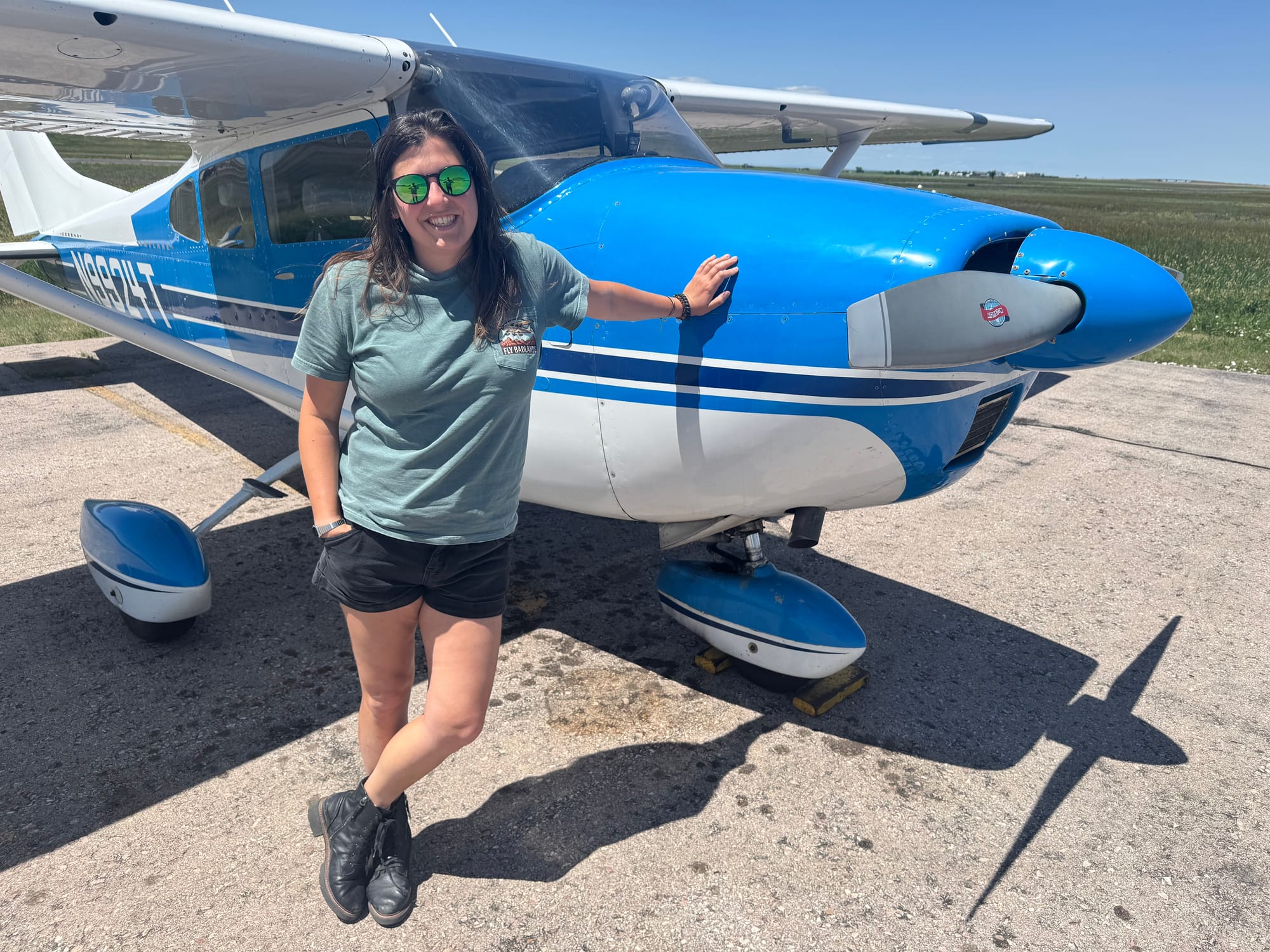
But for all the positives, there’s been one major drawback — a challenge to growth in Wall that is negatively affecting rural towns and small cities across the entire state.
Komar simply could not find housing anywhere in the city of 700 people or in communities nearby.
“I’m forced to live in Rapid City and drive in every day, which is kind of a bummer and a little draining,” Komar said while speaking from her makeshift office in a storage container at the Wall Municipal Airport, 50 miles east of Rapid City.
“That drive every day is time you can’t get back,” she said. “I want to live in a community, to live in a house, to be able to walk downtown to a coffee shop and get to know people.”
For Komar, who's single, commuting two hours a day hasn't been a deal-breaker, and she has a van parked at the airport where she can sleep to prepare for a morning tour or to stay after a sunset flight.
Yet she wonders if the lack of housing is holding Wall back from reaching its full potential.
“If I had a young family and was making a decision whether to start a business in Wall, it would raise real questions."
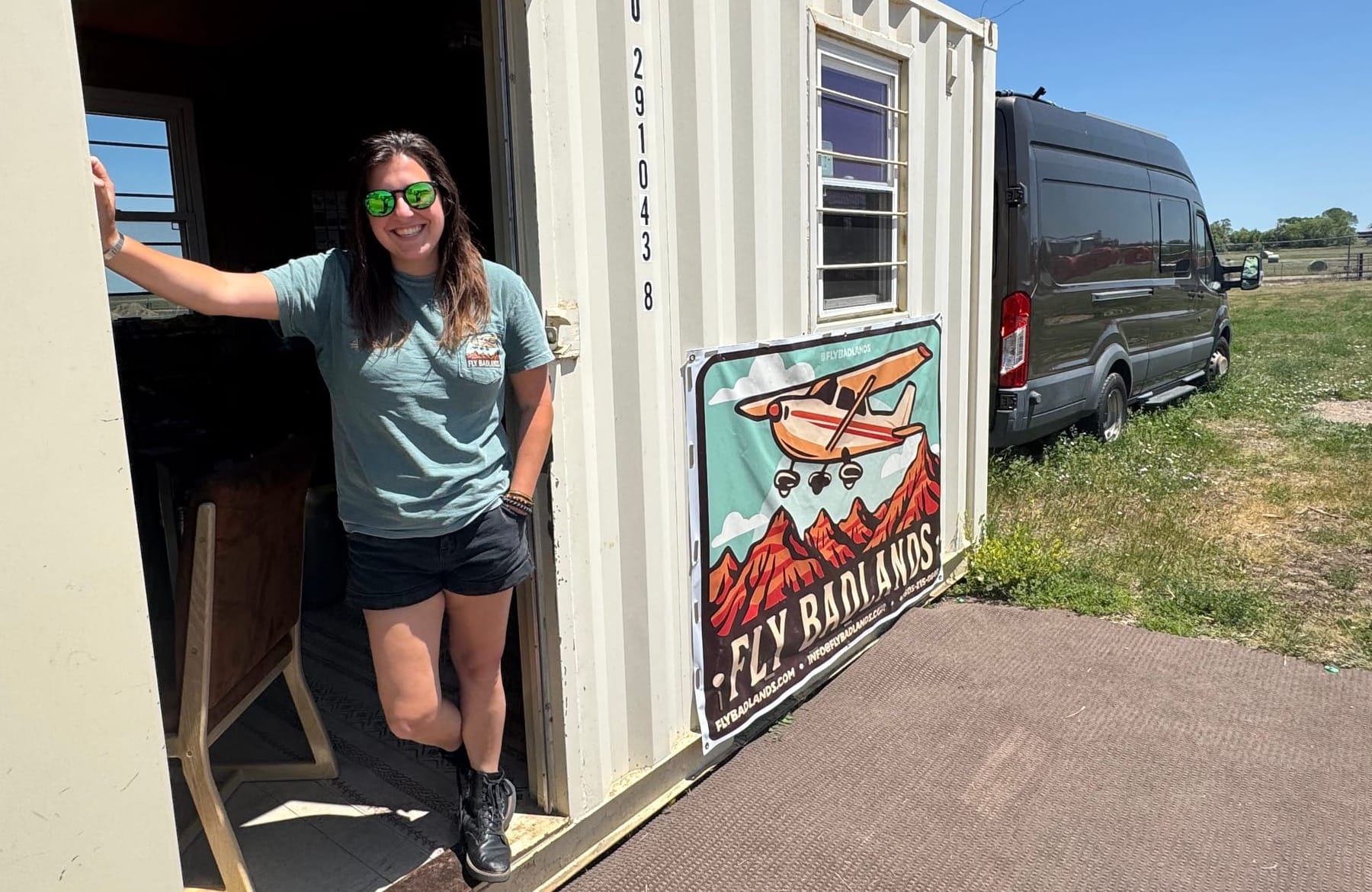
A shortage of affordable or even available housing is one of the big three challenges to population stability and economic growth in rural South Dakota. A lack of workers and day care are other top reasons new businesses and families find it hard to locate in small cities and towns.
This story is part of a series that South Dakota News Watch will be reporting as part of Engage South Dakota, which uses storytelling, crowdsourcing and community engagement to identify and share solutions in the works or yet to be developed. Each story will include the community's response, insights to be learned, evidence of whether the ideas are effective and limitations on the efforts.
Response: Teamwork drives housing development
Wall leaders aren't just hoping new housing suddenly appears.
Through a coordinated effort that includes local government officials, business leaders, residents and some state funding, the city is setting the stage for development of new housing and the potential growth it can bring.
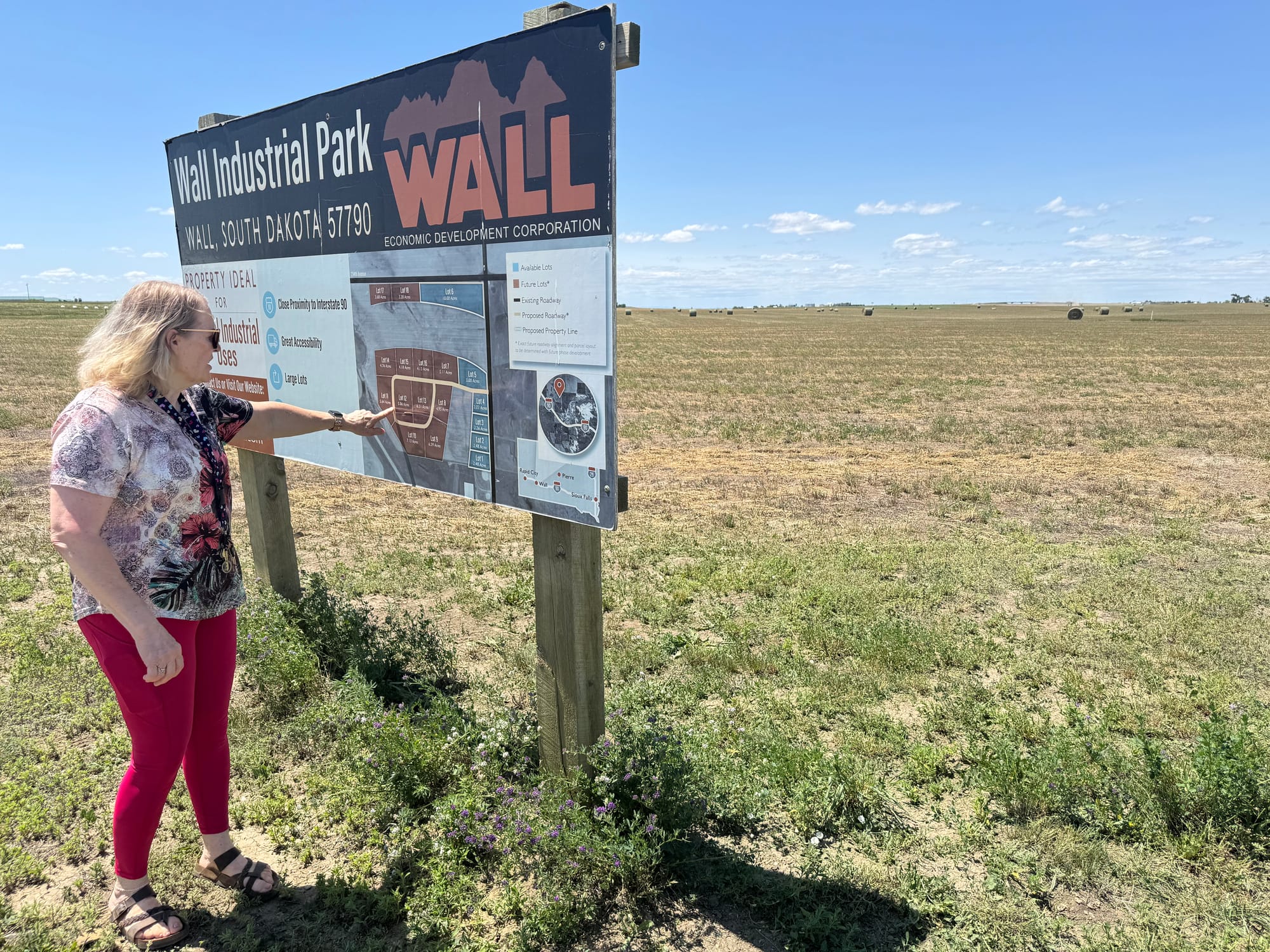
The city received money from the Federal Aviation Administration to extend its local airstrip, allowing for greater access by planes and jets.
It has developed an 85-acre, business-ready industrial park north of the airport, though no business has located there yet.
Join other South Dakotans and support statewide storytelling.
The city has cleared land for new housing and installed infrastructure that will encourage developers to build homes or apartments, said Mayor Mary Williams.
It tore down an old gas station and used the lot to install three homes through the Governor’s House Program.
Wall also received a $1.2 million loan from South Dakota Housing – a state-funded nonprofit lending agency – to build infrastructure for the proposed Echo Valley subdivision on open land south of Interstate 90.
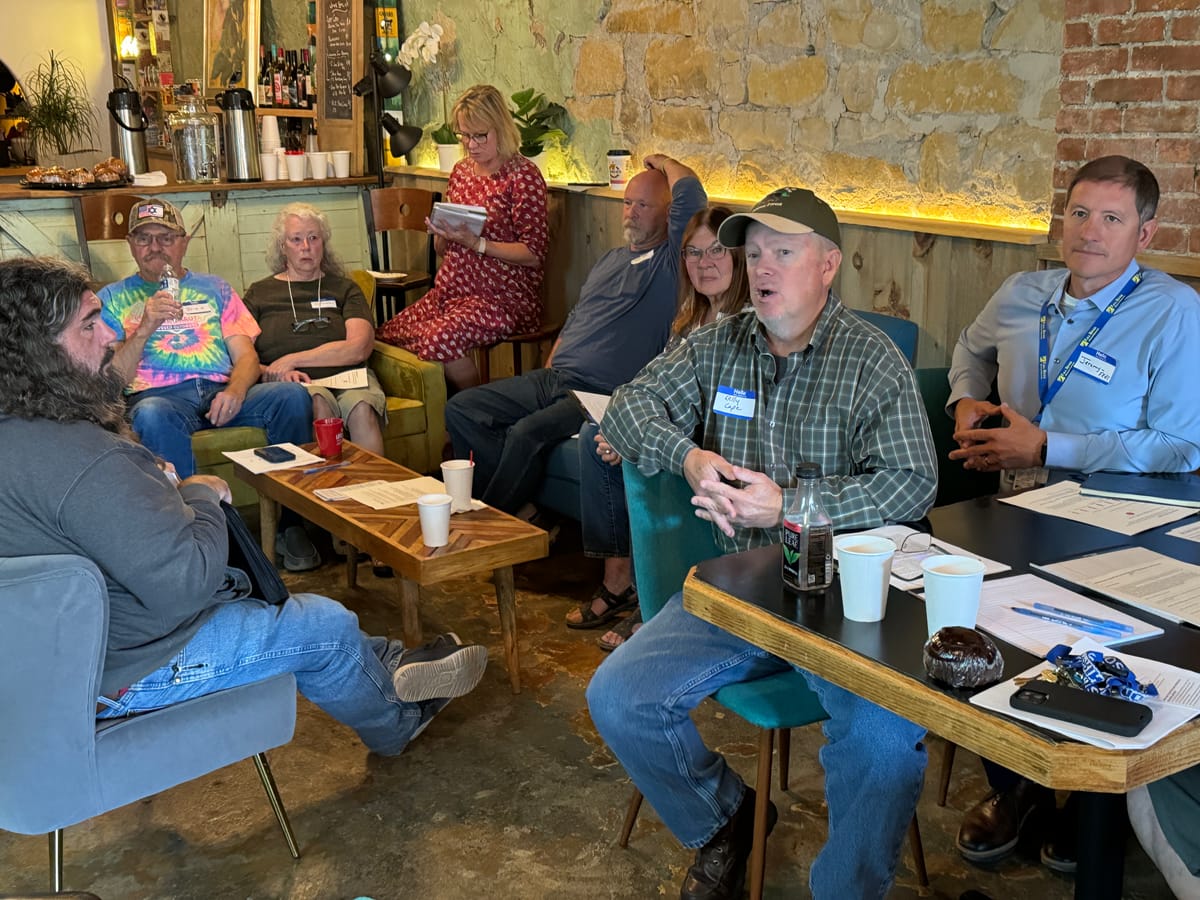
That land, now offered for construction by private developers, can accommodate 24 new homes, 15 of which will be considered affordable, Williams said.
Nearby, the city used other money borrowed from South Dakota Housing to extend a street and connect it to another, creating new buildable lots in the Hansen subdivision that now contain four occupied governor’s homes and two privately-built homes, she said.
“Those homes all went to young couples who have come back home to participate in their family businesses, so that was very successful,” Williams said of the expanded area.
Evidence: Builder shifts to housing
Wall has a stable employment base due to its tourism industry led by Wall Drug and by employers such as local schools and city, county and federal government as well as Golden West Telecommunications and West River Electric Association.
Williams said the positive, welcoming approach to growth has also prompted a few other new businesses to recently locate to Wall, including Dahl Chainsaw Art and Dakota Sky Stone, a manufacturer of Native American influenced jewelry.
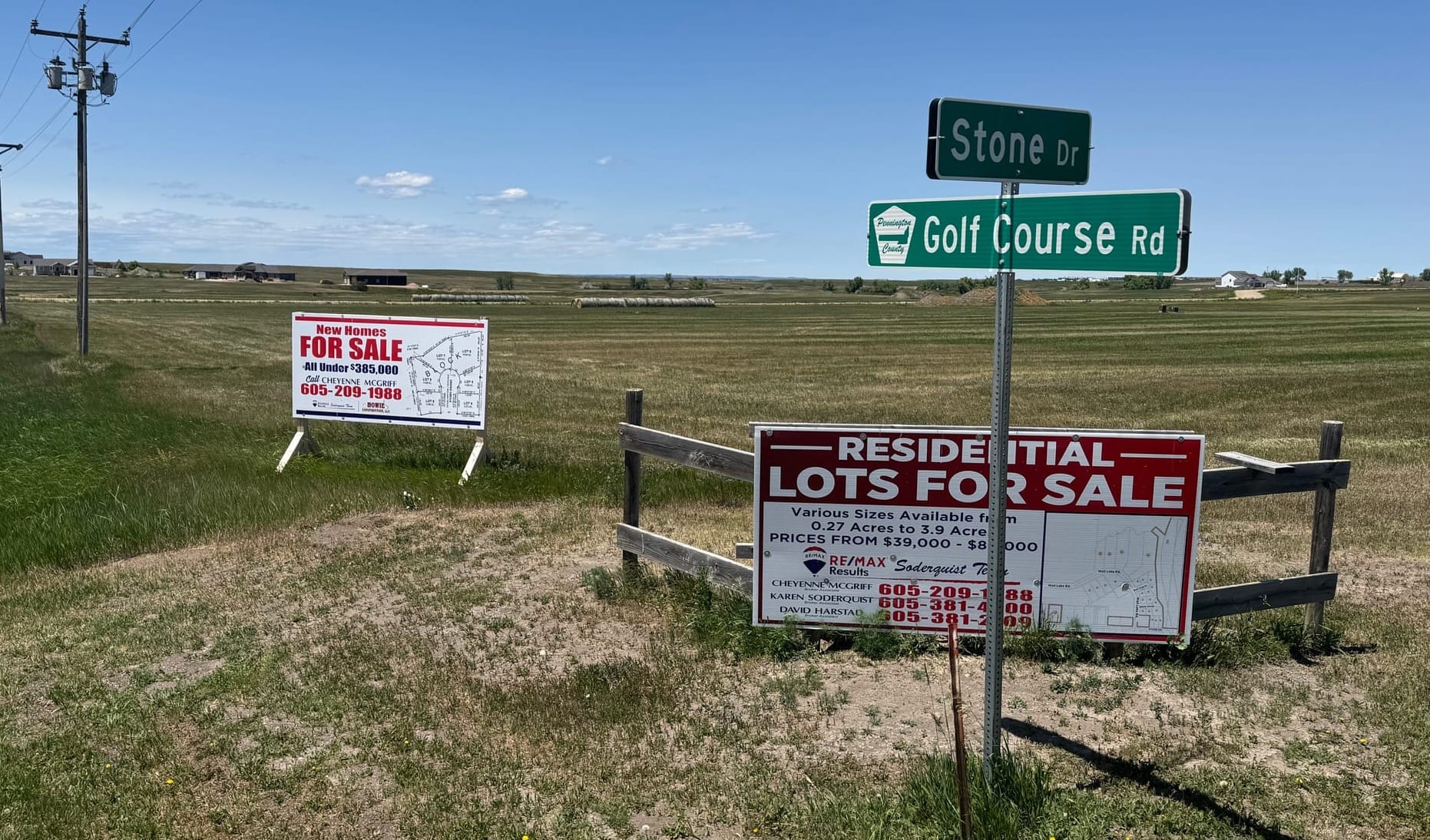
John Diedrichs is one of the people seizing on the opportunity to build new housing, partly due to the high demand but also to support the continued growth and stability in his adopted hometown.
Diedrichs owns Cornerstone Industries and Construction Services, with a main focus on building grain bins and other agricultural structures.
He recently moved into the homebuilding space, completing his own family home. He's planning to build six, two-unit townhomes and a 12-unit apartment building, all in the Echo Valley subdivision south of Interstate 90 where sewer, water and streets are already in place.
He poured the foundation on one townhome in late June and already has one side leased and the second side spoken for by a prospective tenant.
Diedrichs said the city has been “extremely proactive” in helping developers prepare land and in making it easier for builders to get projects started.
Generating new housing opportunities is critical for businesses like his to grow or for new businesses to come to town, he said.
“We don’t hire a lot of people from Wall, and most of them come from other cities or states,” Diedrichs said.
Diedrichs said he can feel the momentum in the town where he has lived since 2010. While it costs more to build housing in a remote small town, and rents are typically lower than in a larger city, Diedrichs said he is committed to helping Wall build a strong future.
“Financially it makes a lot more sense to build in Rapid City, but we want to build in Wall because we’re so entrenched in the community,” he said.
Limitations: Loss of housing and slow growth
Though the efforts so far make the city poised for growth, Wall's housing offerings remain tight, and a 2022 study commissioned by the city reveals some of the challenges.
It found a slow growth rate, with 20 new single-family homes built from 2010 to 2022. The city lost 56 housing units over that time, a 13% decline attributed to demolitions, loss of rental properties and conversion of some homes and apartments to seasonal rentals.
Meanwhile, the overall housing stock is aging, with a quarter of all units built before 1960.
The city has avoided the significant population declines seen by other similar-sized South Dakota cities, but it has still seen a slow drawdown. The U.S. Census reports the city had 834 residents in 1990, 807 in 2000, 774 in 2010 and 688 in 2023.
Insight: Wall Drug boss says city support is key
Despite those challenges, Wall – like many other small towns – is fortunate to have at least one major employer that provides a foundation on which to build. Wall Drug – made famous worldwide through "miles to" road signs – actively plays a role in making sure its employees have a place to live.
Rick Hustead, the third-generation president of Wall Drug and a member of the Wall City Council, knows firsthand about the housing challenges facing both residents and employers.

He and his team at Wall Drug have developed a system for providing housing for the 185 employees who work during summers at the restaurant/retail/leisure complex that takes up a large section of Main Street.
Hustead owns a mobile home park and other housing sites for employees, including the 95 foreign workers who are in Wall on temporary visas this summer and 20 other seasonal employees. Wall Drug has about 70 full-time, non-seasonal staff who mostly reside in Wall, he said.
Hustead, 75, said the city has done a good job of being forward-thinking by aiding developers of new housing and must maintain those efforts to provide buildable land and look for funding sources to aid construction projects.
"The city has been pretty proactive in supplementing new development," he said. "There’s lots available, but you have to put some money in to help developers."
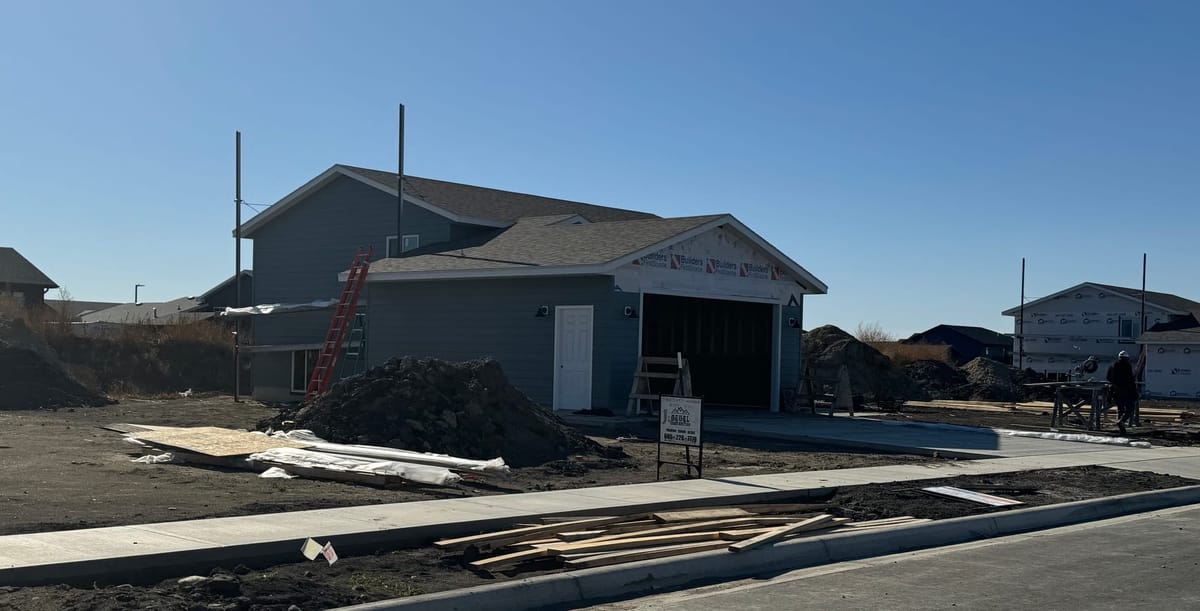
Besides trying to attract new businesses and the residents they bring, Rochan Burrell, executive director of the Wall Economic Development Corp., is looking 40 miles west.
She's promoting the city's housing potential with Ellsworth Air Force Base officials as they prepare for an influx of military and civilian personnel as part of the expansion for the new B-21 bomber program.
“We’ve kind of been the best-kept secret and I’m trying to change that so people know we’re here and that we’re a great community, with great schools and a great place to raise your family,” she said. “I’ve made those relationships and those connections to let them know we’re prepped for growth.”
This story was produced by South Dakota News Watch, an independent, nonprofit organization. Read more stories and donate at sdnewswatch.org and sign up for an email to get stories when they're published. Contact Bart Pfankuch at bart.pfankuch@sdnewswatch.org.

